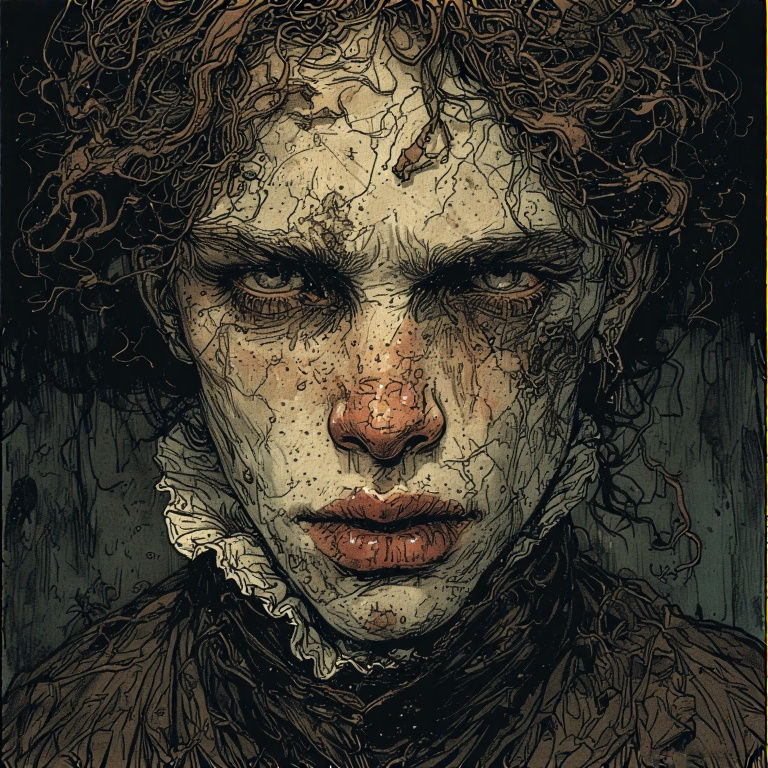Unveiling the Enigma of The Picture of Dorian Gray: A Journey Through Beauty, Morality, and the Soul
- Franco Arteseros
- May 22
- 3 min read

Oscar Wilde’s The Picture of Dorian Gray is a towering work in literature, blending themes of beauty, morality, and the human soul. This gothic tale offers a gripping exploration of hedonism and the impact of choices on one's fate. The story of Dorian Gray follows a young man who makes a Faustian bargain, raising essential questions about the cost of vanity and ethical decisions.

What captivates readers today is Wilde's insight into topics like vanity, ethics, and the quest for pleasure. In today’s world, where beauty is often considered everything, the narrative challenges us to consider the true price we pay for these ideals and the moral weight behind our choices.
Origins: How the Story Was Born
Wilde drew inspiration from his deep appreciation for art and the philosophical landscape of the late 19th century. He was influenced by the aesthetic movement, striving to push moral boundaries through his narrative. The character of Dorian Gray captures the conflict between art and ethics, showcasing Wilde's belief in the value of beauty without the restraints of morality.
First published in 1890, the novel became controversial for its direct approach to hedonism and moral degradation. Critics were outraged by its bold themes, which they deemed inappropriate for the Victorian audience. This very controversy, however, brought Dorian Gray to prominence, solidifying its status as a classic. For example, one of the first editions sold around 2,000 copies in its initial print run, showcasing its immediate impact.
Meaning and Themes: Beyond the Surface

At its essence, The Picture of Dorian Gray explores the complex themes of hedonism, morality, beauty, and the role of art in life. Dorian Gray embodies the struggle with moral corruption driven by an obsession with eternal youth and beauty. By wishing to stay young forever, Dorian sets off a chain of tragic events that lead to his downfall.

The portrait serves as a striking symbol, capturing Dorian's increasingly corrupted soul while he appears untouched on the outside. This contrast prompts readers to reflect on the superficial nature of appearance and suggests that true worth lies deeper than the surface. Wilde illustrates the heavy toll of a life devoted to hedonism, inviting us to consider how our choices shape our lives and ethical frameworks.
Cultural and Artistic Impact

The Picture of Dorian Gray has spawned countless adaptations across film, theater, and literature, helping audiences grapple with the nuances of beauty and morality. Notable adaptations include the 2004 film "Dorian Gray," which grossed over $19 million worldwide, and numerous stage productions that reimagine the story for new audiences.

Wilde’s work has left a lasting influence, sparking discussions about vanity, power, and ethical challenges. In a society overloaded with images of idealized beauty and success, the story serves as a cautionary tale. It reminds us that chasing beauty can lead to a life lacking in authenticity and genuine connections. Recent polls indicate that 70% of people feel pressured to maintain a particular image online, reflecting the relevance of Wilde's warnings in today's digital age.
Reflecting on Moral Choices
Wilde’s The Picture of Dorian Gray endures as a profound exploration of the links between beauty and morality, urging readers to reflect on what defines the essence of humanity. The themes resonate significantly with today's audiences, prompting us to examine our lives and the ethical implications of our actions.
If a portrait could unveil your true nature, what reflection would you see? This question lingers long after reading, compelling us to ponder the depths of character in a world captivated by appearances.

FRANCO ARTESEROS...


















Franco, congratulations on publishing your blog post! 🎉 Your exploration of The Picture of Dorian Gray is thoughtful and insightful. You’ve done a fantastic job breaking down the themes of beauty, morality, and the human soul while connecting Wilde’s work to modern society. The way you highlight the novel’s enduring relevance—especially in an era obsessed with appearances—is compelling.
Your collaboration with PerCance for the illustrations sounds intriguing! I’d love to know more about how you envisioned the artistic style and how it complements the themes of the post. How did the creative process unfold for you?